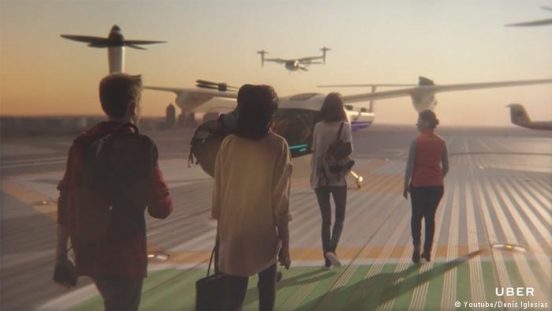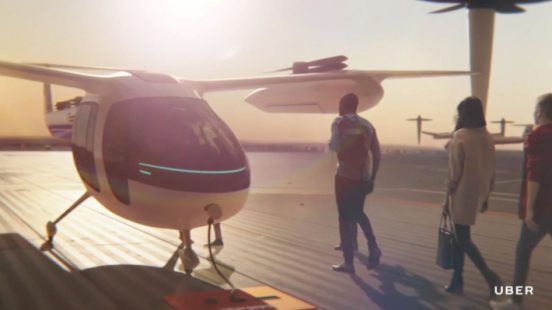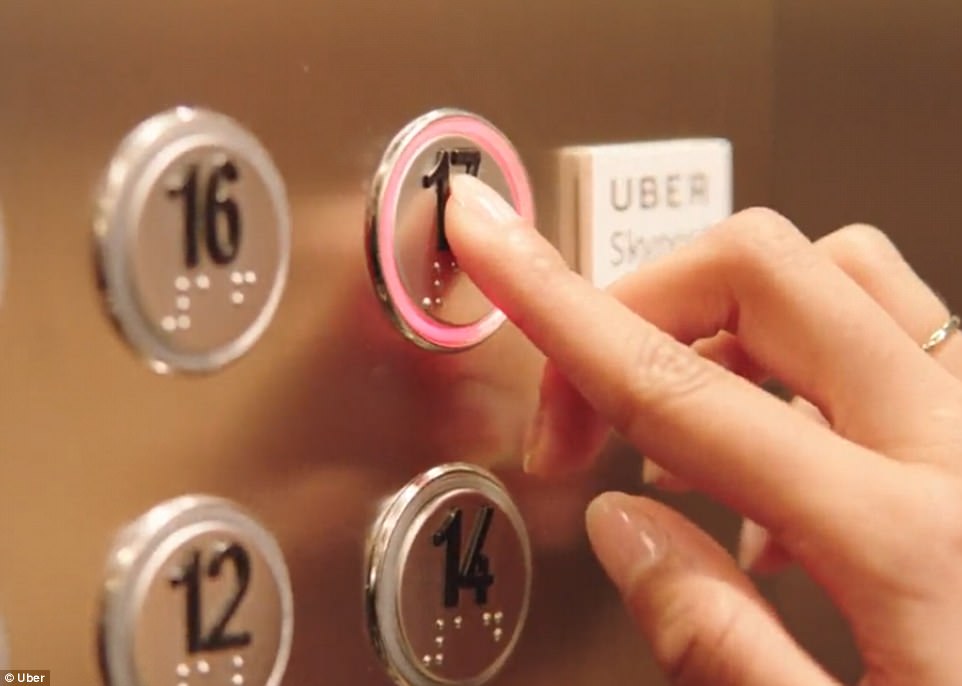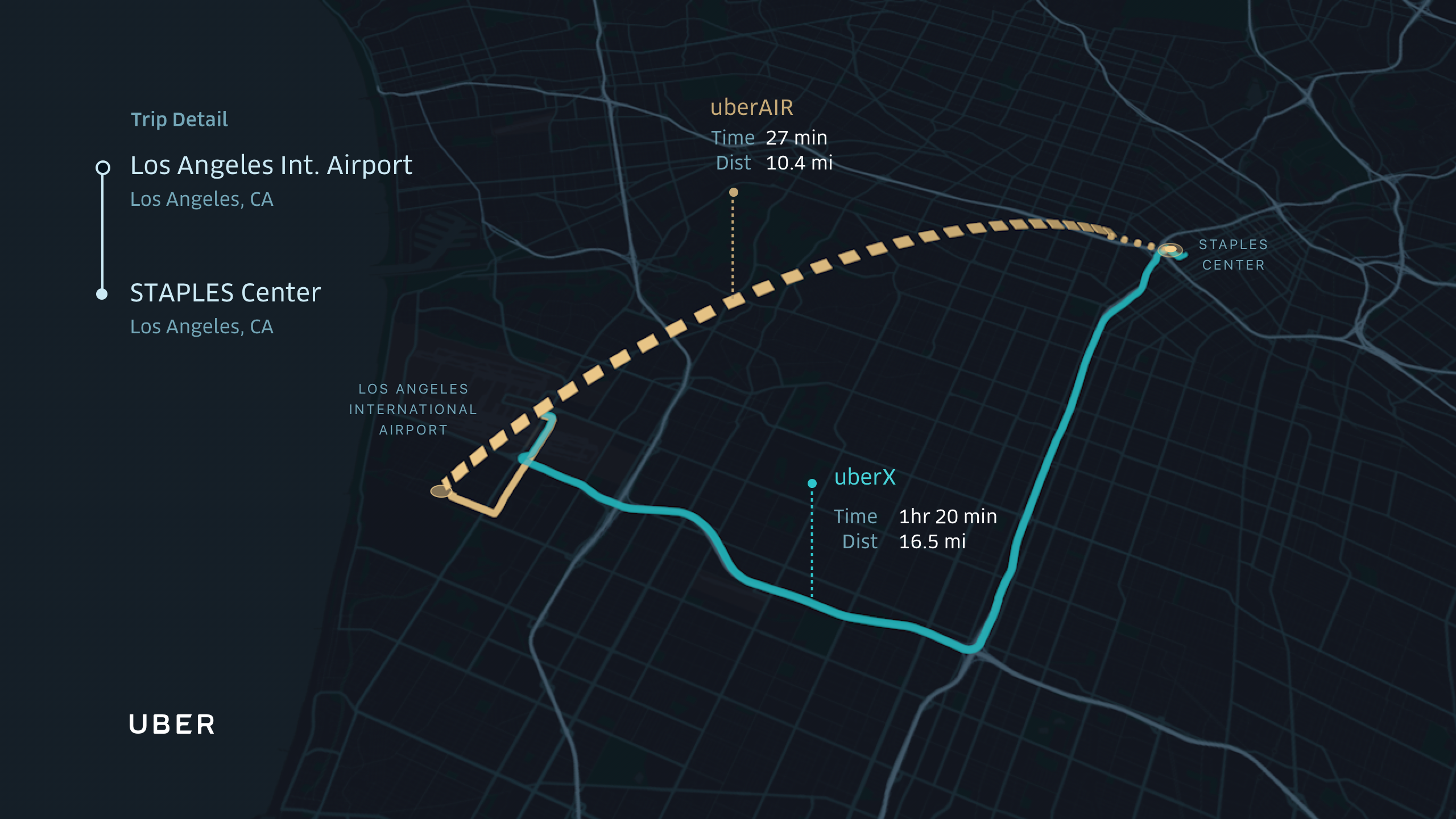From carriages to cars, trains to planes, these miraculous ideas were brought alive and now play an essential role in everyday life. As technology continues to progress, the idea of flying cars is not all that crazy. Two days ago, Uber announced that their flying cars are projected to arrive in LA by 2020. This fascinating idea despite disbelief and growing controversies may transform once again the daily lives of millions by disrupting the conventional idea of transportation.
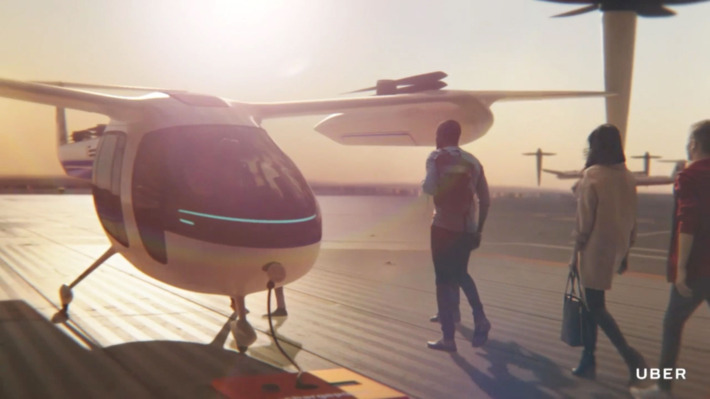
“Closer than you think” – this tagline highlights the purpose behind these electric, autonomous aircrafts. They are designed to relieve the pain of the frustrating driving experience on ground. In air, there will be no unpredictable traffic and passengers can reach their destination faster and comfortably without having to worry that the vessel will come to a sudden stop. By partnering with NASA, Uber plans to create a brand new air traffic control system to manage the channels in which these autonomous aircrafts will travel. In addition to their partnership with NASA, they teamed up with several aircraft manufacturers, real estate firms, and regulators to develop this fully functional flying taxi service that will completely transform the routine and rhythm of everyday life.
But are flying cars a scalable solution? In the blog “Are Flying Cars the Future of Transportation or an Inflated Expectation”, Valery Komissarov asserts that “it’s clear that flying cars are transitioning from a fascinating concept to a quite-mature technology and promising investment thesis” because of “significant marketing momentum and maturation of required technology”. He notes that as drone-related technology continues to develop rapidly, it is possible that we will see flying cars in the market in around 10-15 years. He concludes that the whole idea of flying cars is indeed not that crazy, but feasible with time to research and innovate.
For me, what makes the flying taxi service so attractive is not just the convenience, but also the experience I get as the passenger. Uber’s Project Elevate was designed to prioritize customer experience by relieving their pains and creating an atmosphere of comfort and relaxation. After watching Uber’s promotion video, I cannot help but to think how satisfying it would be to “fly” home after a long day of midterms and work at school. During the flight, I could relax, read, and “look out the window with pity at all the poor souls stuck in traffic below”.
Word Count: 402

